Last November, the Palo Alto City Council received a surprise visit from a famously hooded local resident.
It wasn't Mark Zuckerberg but Sequoia, a 28-year-old bald eagle who lives at the Palo Alto Junior Museum and Zoo and who attended the meeting as part of a presentation about the zoo's impending renovation.
Minutes later, the council received another treat: an announcement that Friends of the Junior Museum and Zoo was about to complete its $25 million campaign to greatly expand the beloved Rinconada Park institutions -- an effort that the group officially completed in February with the help of $10 million of community donations and a $15 million matching grant from the Peery Foundation.
Then-Mayor Pat Burt called the expansion the largest project contributed by a nonprofit since the 1930s.
"This could have been something that was proposed as a 50-50 public-private contribution. And it's not," Burt said.
The zoo expansion is the most dramatic but hardly the only example of a private groups stepping up to pay for a recreation amenity. Mitchell Park's universally accessible Magical Bridge playground, which opened in 2015, was made possible by a group of residents who launched the group Friends of the Magical Bridge and raised $3.5 million (the city contributed the land and $300,000).
The 2009 renovation of Lytton Plaza in downtown Palo Alto was partially paid for by Friends of Lytton Plaza, while the construction of the playground in downtown's Heritage Park was buoyed in 2007 by a contribution of nearly $200,000 from Friends of Heritage Park.
The bottom line is that Palo Alto has nowhere near the money it needs to pay for all the new dog runs, bathrooms and neighborhood parks that its parks master plan calls for. But with Friends like these, that's not necessarily a deal breaker.
Private groups -- along with higher fees for things like swimming classes at Rinconada and admission to the Junior Museum and Zoo (which is currently free) -- are expected to play a critical role in the city's implementation of the master plan. Even if the city's General Fund shoulders a good share of the load, the master plan explicitly calls for pursuing private funding sources for "recreation programming, capital improvement projects and facility maintenance."
The plan also aims to create "sponsorship programs" for potential donors and "engage nonprofit friends groups to seek donor funding, including foundation grants, corporate giving and small and major philanthropic gifts by individuals, for priority projects."
The reliance on private contributions is imbedded in the document's implementation plan, which prioritizes the proposed near- and long-term programs in terms of urgency and costs. Nearly every major proposal -- from enhancing sports fields and building a new gymnasium to redeveloping Cubberley Community Center and improving the 7.7-acre site that was recently annexed to Foothills Park -- includes "outreach to the general community (or in the case of athletic fields, to field users) for private donations" as a funding strategy.
"In collaboration with the Friends of Palo Alto Parks and the Palo Alto Recreation Foundation among other partners, Palo Alto will develop a marketing campaign to engage members of the public to volunteer and contribute financially to the improvement and expansion of Palo Alto's parks, open space and recreation programs," the plan states.
Other funding mechanisms -- including bonds, grants and park-impact fees -- are also on the city's menu. But given the city's wealth of willing donors and the populace's love for parks, fields and bald eagles, the master plan clearly reflects the city's belief that the most valuable instrument for improving the community's experience of parks and recreation is the community itself.
Related content:
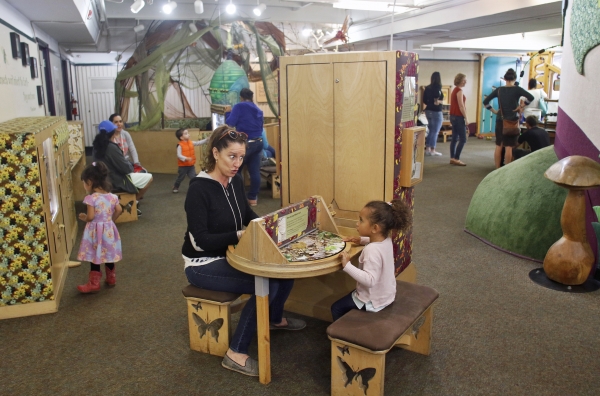
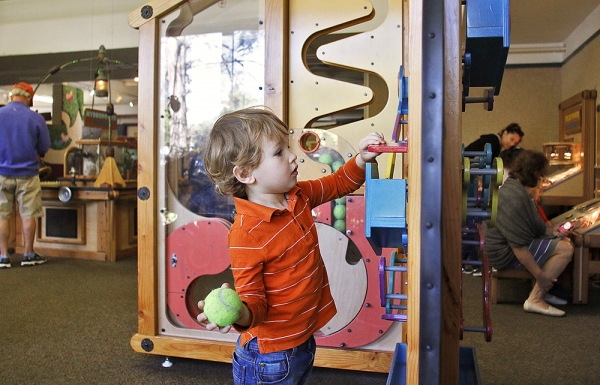
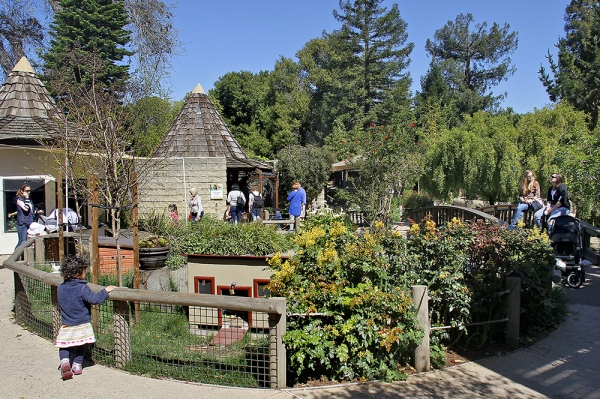
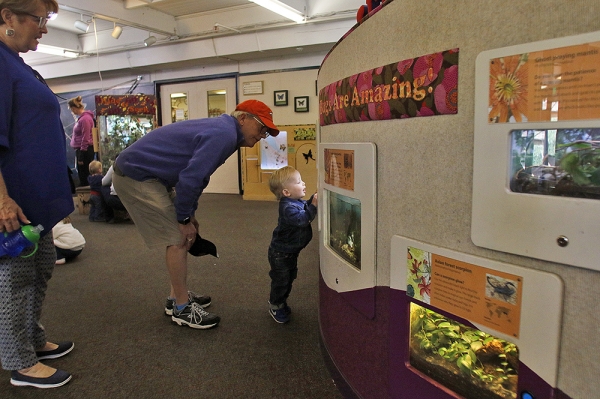
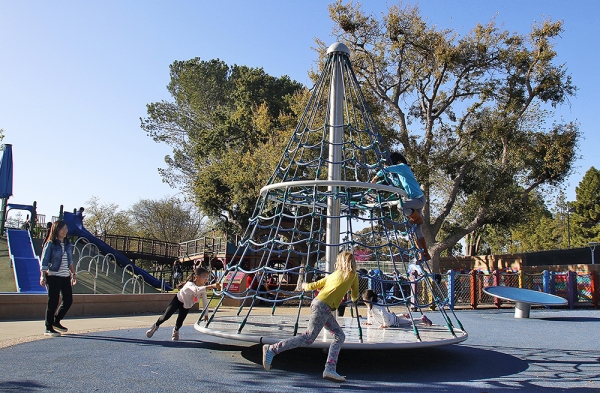


Comments
Midtown
on Apr 4, 2017 at 10:02 am
on Apr 4, 2017 at 10:02 am
The Palo Alto Junior Museum and Zoo is such a treasure in Palo Alto! Whenever family or friends with children come for a visit, we take the kids. They love it!